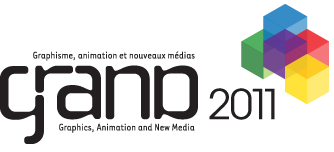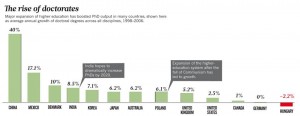I’m at the GRAND 2011 Conference. GRAND is a Networks of Centres of Excellence funded project that brings together researchers across Canada and across disciplines to study gaming, animation, and new media. I am part of two subprojects. In one we are developing smartphone augmented reality games for learning and health. In another we are developing gestural and performance games. Our fearless leader, Kellogg S. Booth (UBC), opened today’s events talking about the network.
Having organized large groups and participated in others, I’m impressed by how GRAND gently gathers us. We are coerced by the network, though we do have to report carefully.
See my conference notes for more on the conference.




